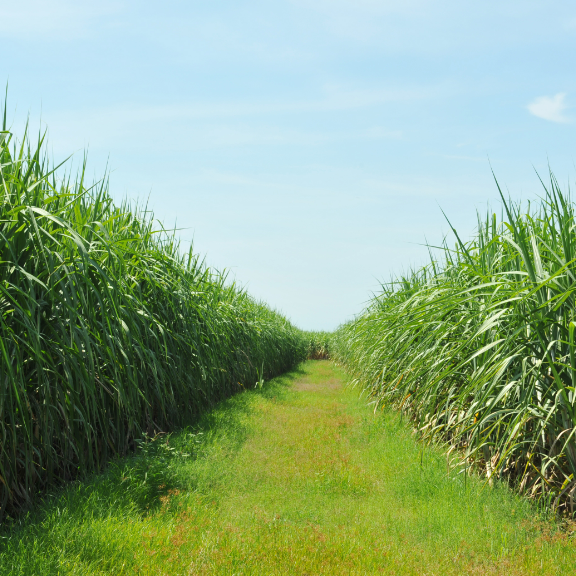Understanding Growth Stages
Sugarcane, a crop celebrated for its sweet yield, undergoes a complex growth cycle that can be categorized into distinct stages. A deep understanding of these stages is fundamental to successful crop management. Let's delve into the intricacies of each growth phase, unraveling the key characteristics and considerations for effective sugarcane cultivation:
1. Germination and Sprouting: The journey begins with the germination of sugarcane seeds or the emergence of sprouts from setts. At this stage, farmers anticipate the initial green shoots that signify the commencement of the growth cycle. Monitoring for the even emergence of sprouts is crucial, ensuring a uniform and healthy stand for the crop.
2. Tillering: Following germination, sugarcane undergoes the tillering phase where additional shoots, known as tillers, emerge from the base of the plant. Monitoring tiller density helps farmers assess the potential yield of the crop. Proper spacing between tillers is essential for optimal growth, allowing each shoot to develop without competition for resources.
3. Grand Growth: The grand growth phase witnesses the rapid elongation of the stalks. At this stage, continuous monitoring is vital to ensure that the crop receives adequate water, nutrients, and sunlight. Vigilance in addressing any signs of nutrient deficiency or stress during this period sets the foundation for robust stalk development.
4. Canopy Closure: As sugarcane plants mature, the leaves form a dense canopy that shades the soil. Canopy closure is a critical stage where farmers must monitor and manage the canopy to prevent excessive shading. Adequate sunlight penetration is essential for photosynthesis, influencing sugar accumulation in the stalks.
5. Flowering and Inflorescence: Although sugarcane rarely produces true flowers, it undergoes a flowering stage characterized by the emergence of inflorescence. Monitoring this phase is crucial as flowering can impact sugar content. Many commercial sugarcane varieties are designed to be sterile to prevent seed production, preserving energy for sucrose accumulation.
6. Ripening: The ripening phase marks the culmination of the growth cycle, where sucrose accumulation peaks. Timely monitoring is essential to identify the optimal harvesting window. Waiting too long can result in decreased sucrose content, while premature harvesting may lead to underdeveloped stalks.
7. Harvesting: The harvesting stage requires precision monitoring to ensure that sugarcane is harvested at the right maturity. Monitoring factors such as stalk diameter, color, and hardness aids in determining the optimal harvest time. Timely harvesting is crucial for maximizing sugar recovery and overall crop quality.
Continuous Monitoring Considerations:
-
Environmental Factors: Monitor temperature, rainfall, and humidity throughout all growth stages as environmental conditions significantly impact sugarcane development.
-
Pest and Disease Surveillance: Continuous vigilance for signs of pests and diseases is essential. Early detection allows for timely interventions, preventing potential crop losses.
-
Nutrient Management: Regularly assess soil nutrient levels and adjust fertilization practices based on the crop's growth stage. Nutrient deficiencies can be identified through visual inspection or soil testing.
Understanding these growth stages empowers sugarcane farmers to implement targeted interventions at each phase, optimizing crop health and ensuring a bountiful harvest. It's a journey that requires attentiveness, expertise, and a profound connection to the nuances of this remarkable crop.

